Managing risks from Glacial Lake Outburst Floods: Key recommendations and solutions
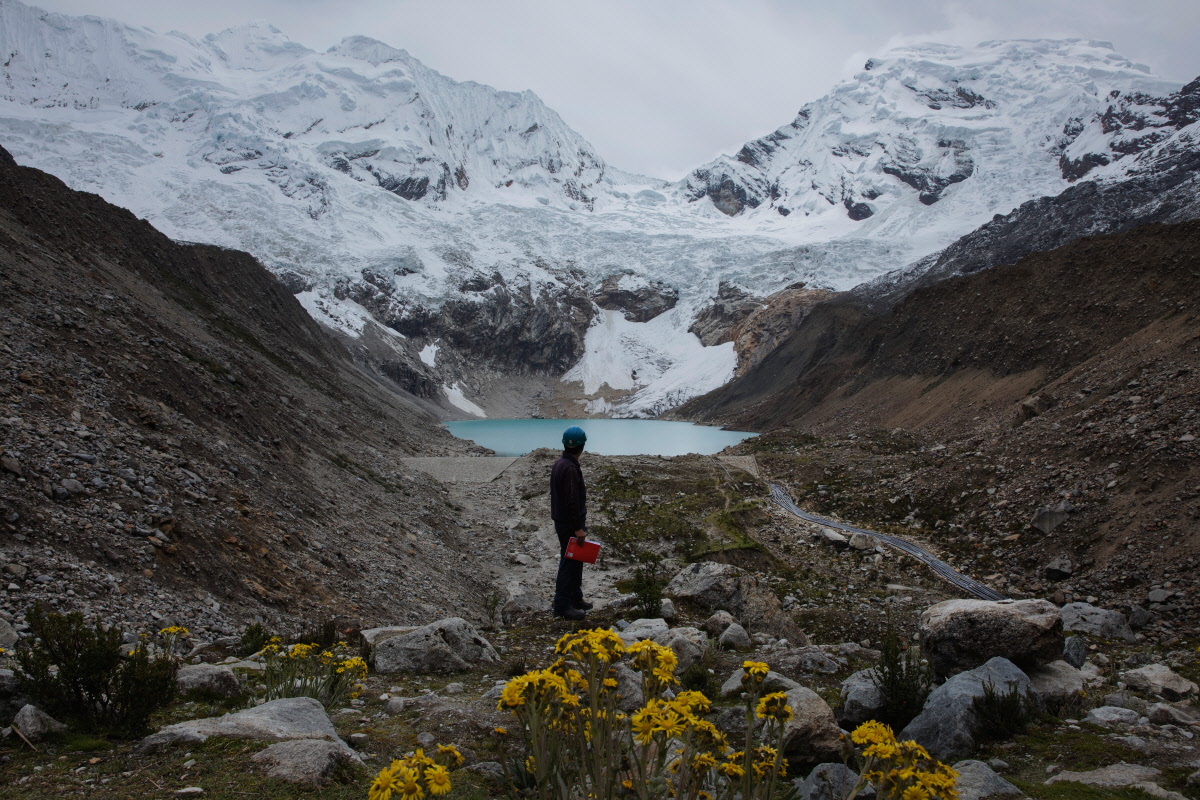
Introduction
Glacial lakes form when moraines (deposits of debris left by glaciers), ice, or rock create dams that hold back meltwater. When these natural dams fail, the resulting Glacial Lake Outburst Floods (GLOF) can lead to significant risks or even disasters as occurred in the Indian Himalayas in 2013 (Uttarakhand) and 2023 (Sikkim). GLOFs can be triggered by ice or rock avalanches, the collapse of moraines due to excessive lake water, melting, or earthquakes.
Glaciers around the world are retreating rapidly, and the risks from GLOFs are expected to increase where new lakes develop, and where downstream exposure of communities and infrastructure is expanding. Strategies such as lowering water levels and implementing early warning systems can effectively protect communities and infrastructure from GLOF events.
Drawing on a global review and selected case studies, we aim to heighten awareness about the impacts of climate change on glacier-related risks, inform about potential solutions and showcase key recommendations and solutions for effective glacier-related DRR measures.
This article is an abridged version of the original text, which can be downloaded from the right-hand column. Please access the original text for more detail, research purposes, full references, or to quote text.
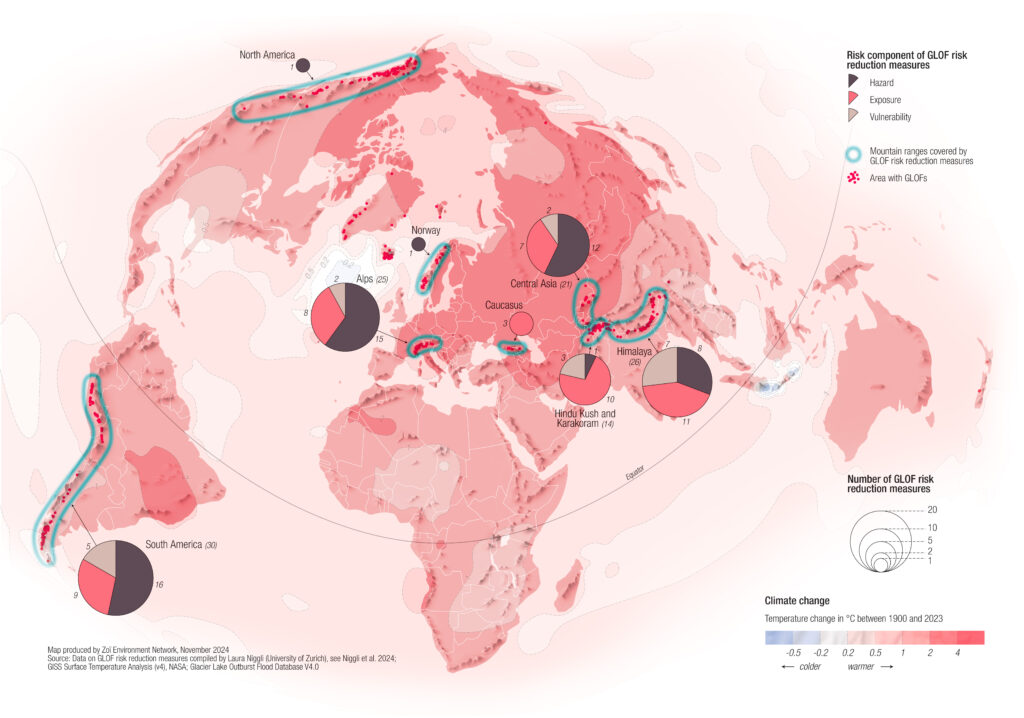
Key recommendations and solutions
- Effective GLOF risk reduction calls for solutions that address the hazard while reducing both exposure and vulnerability. Typically, no single solution is successful on its own, and ideally, combinations of short- and long-term solutions should be utilised.
- GLOF risk reduction should be part of integrated multi-hazard management that considers cascading hazards and impacts. Measures in downstream areas to reduce exposure and vulnerability go beyond solutions that target specific glacial lakes, and bring wide-ranging co-benefits that reduce overarching risks.
- Strong coordination and stable governance are key to sustainable GLOF risk management. Effective coordination in GLOF risk management calls for the establishment of close ties and strong collaboration among sectors and entities – governmental departments, scientific institutions, development practitioners, and local stakeholders and communities
- Incorporating local culture and socio-economic context, knowledge and perception is essential to successful GLOF risk reduction. Top-down approaches and inadequate stakeholder coordination and cooperation weaken the local sense of ownership and responsibility required for effective and long-term sustainable GLOF risk management. Local risk perceptions and tolerance levels are shaped by experience, cultural and social norms, and religious belief systems. Meaningful engagement with local communities begins with the generation of risk knowledge, and continues through the design of GLOF disaster risk management measures that address local needs and expectations.
- Even with available solutions, some remaining GLOF risks require insurance or financial support. Innovative and flexible solutions that allow for confident and secure investment in our global mountain regions are needed. At present, however, the development of appropriate risk transfer mechanisms in GLOF risk management is still an emerging field.

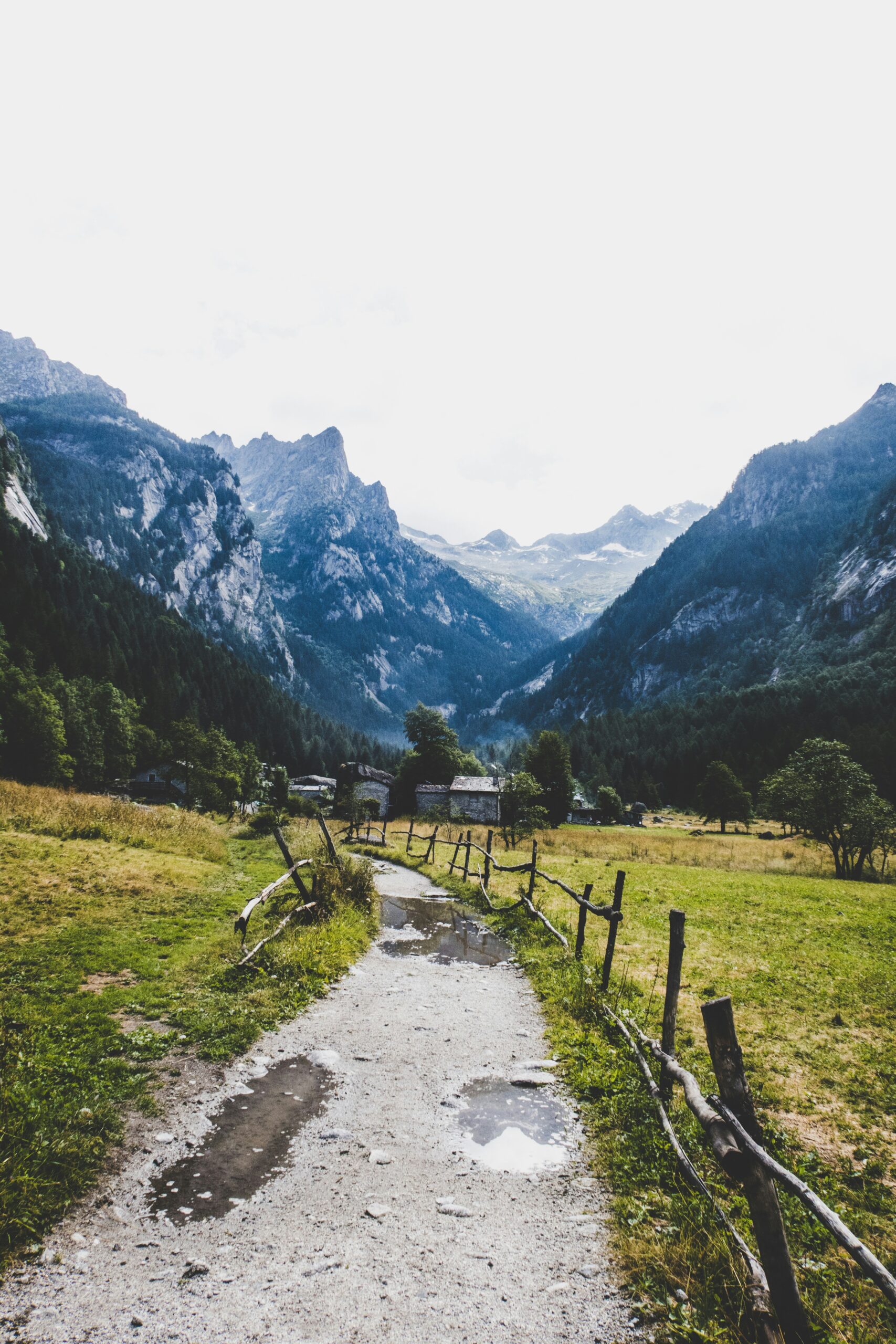
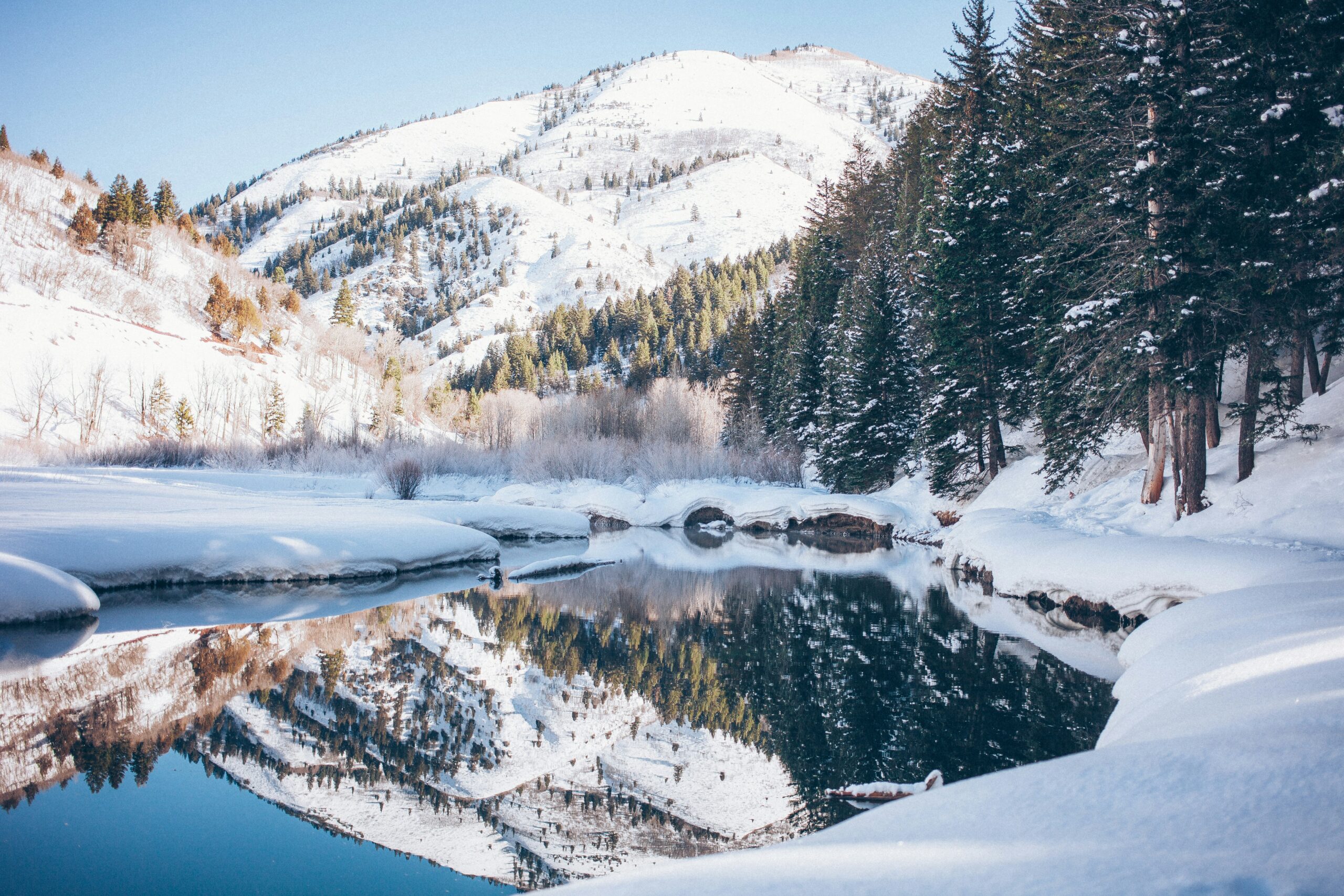
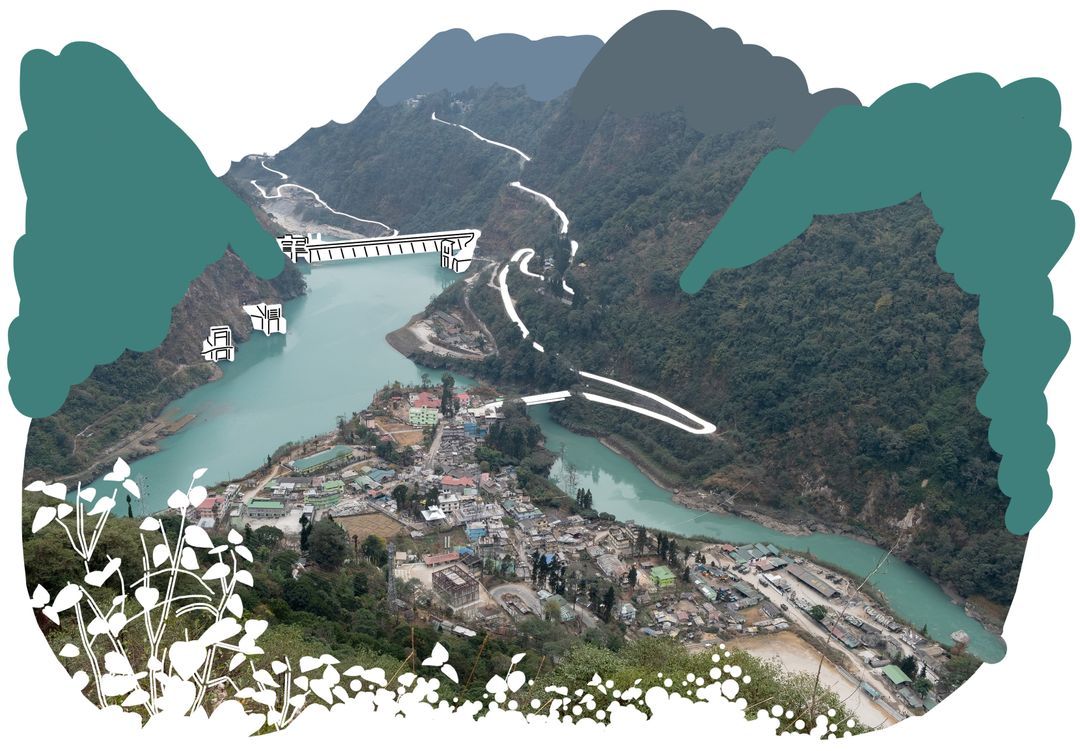
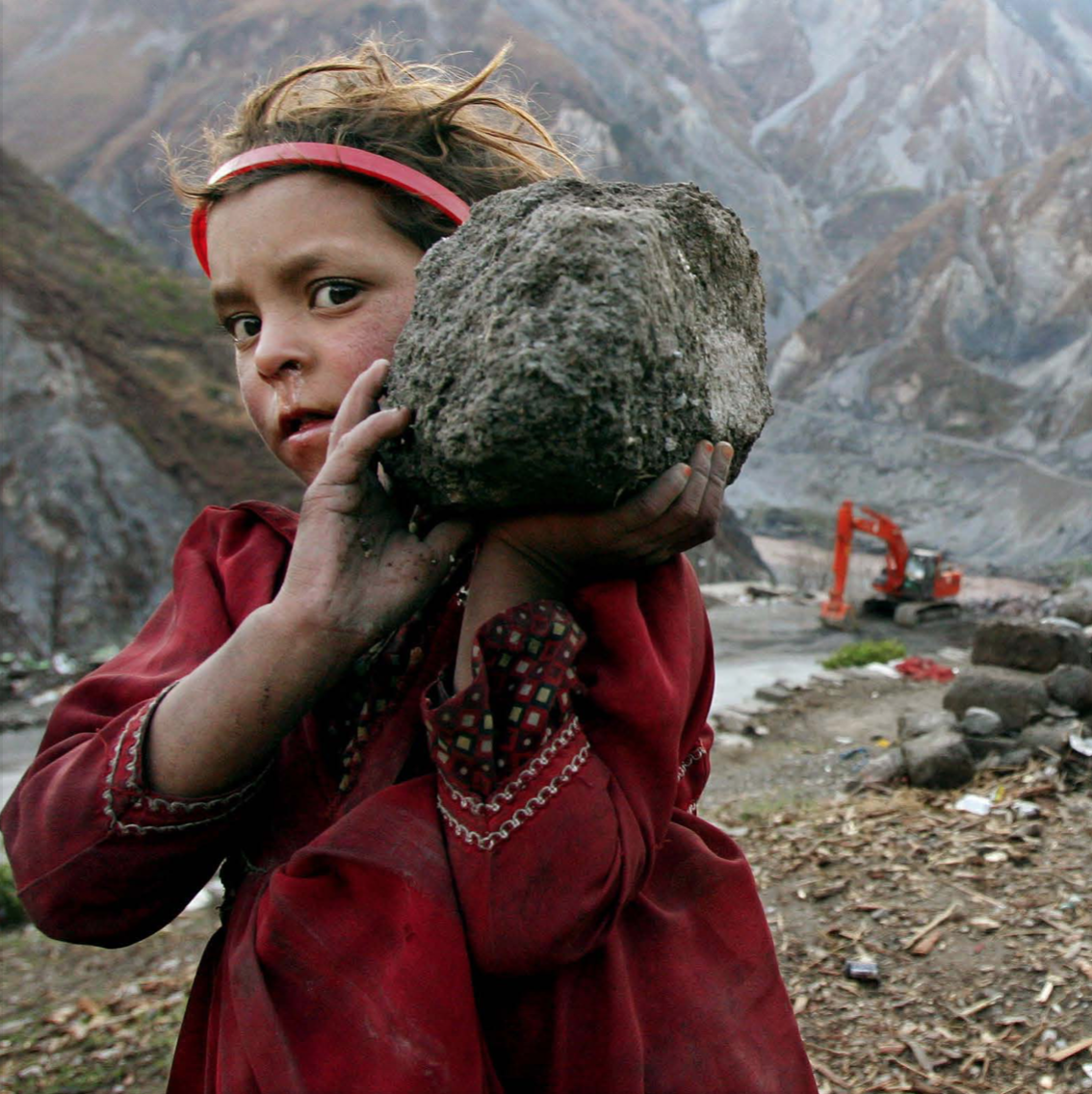
Comments
There is no content